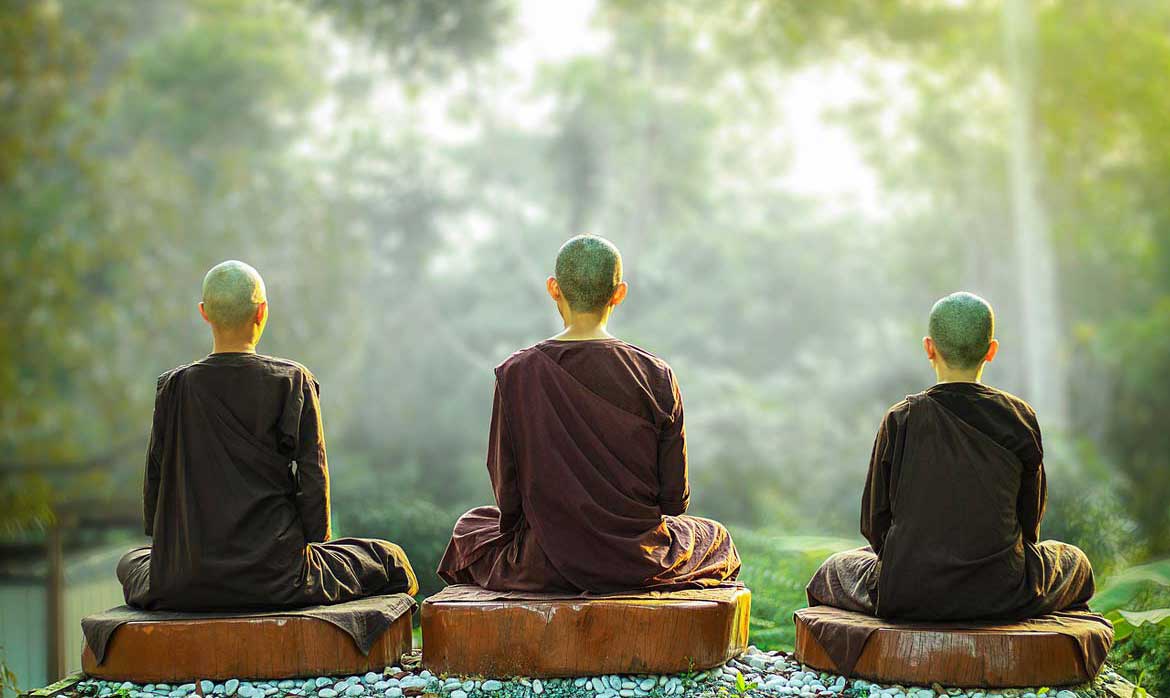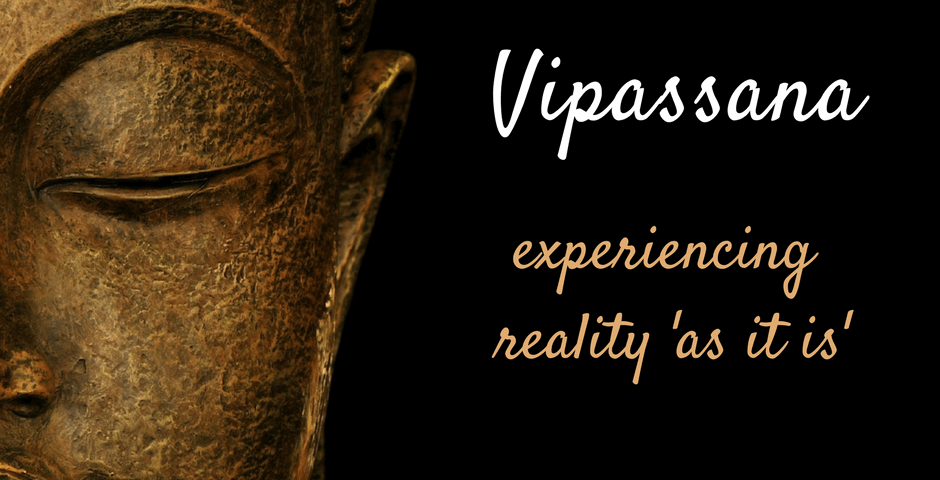
30 Apr 2025 Himalayan Yoga Academy
Today’s fast-paced world is driving everyone crazy. There is no stillness, and finding a silent place or enjoying silence is quite tough. Meditation is one of the best practices to attain silence, and among them, Vipassana Meditation is considered ideal. Vipassana, inspired by the Buddha’s teachings, encourages us to observe our inner world without judgment or attachment, calmly. Practicing Silence with Vipassana takes one on a beautiful and rewarding journey of self-awareness that kindles to self-discovery. The inward journey to stillness to find clarity, peace, and ultimately to the path of enlightenment. The self-transformation journey requires daily practice, healthy eating, and sleeping habits, and mindfulness in every activity. Moreover, Vipassana strengthens the self-transformation journey as individuals come to self-discovery, creating discipline in their habits of daily practice, eating, sleeping, and mindfulness.
What is Vipassana?
Vipassana is derived from a Pali word, where Vi = Clear and Passanā = ‘to see’, which simply translates to ‘to see things as they are’. Vipassana was rediscovered by Gautama Buddha over 2,500 years ago. Today, it is practiced as an ancient meditation technique and is still relevant, which leads to spiritual liberation. Vipassana teaches us to observe our thoughts, emotions, and physical sensations as it is. Through this, it guides to attain self-awareness, mindfulness, and inner peace.
Also Read: What is Vipassana Meditation?
The Role of Silence in Vipassana
Silence plays a vital role in Vipassana practice as it creates a quiet environment. The environment is free of external conversation or any distractions, allowing insight to naturally rise. The quiet environment brings the practitioners’ minds inward. Silence fosters awareness, concentration, and introspection, creating the deeper mental patterns to come to the surface. Self-silence becomes the gateway to self-discovery, which helps for true understanding and creates a path for transformation.

Benefits of Practicing Silence with Vipassana
- Mental clarity and calmness
- Emotional balance and reduced reactivity
- Self-discovery and deep self-awareness
- Disinterest in ego-driven or unnecessary desires
- Better compassion and understanding
Vipassana and Enlightenment
Enlightenment doesn’t come from escaping life, but from seeing it as it is. Vipassana brings hidden truths into focus; however, attaining enlightenment in Vipassana is not a sudden insight. The process unfolds layer by layer, bringing clarity with consistent practice. Firstly, people must come to experience dukkha (suffering), anicca (impermanence), and anatta (non-self) practically. Only through a deep realization of these experiences, the mind become free and guided to the path of enlightenment.
How to start Vipassana
Start practicing daily silent sitting for 10–15 minutes a day. Slowly increase the time.
Attend a 10-day retreat at the Vipassana retreat centers.
To learn more about Vipassana, read books by renowned teachers such as The Art of Living: Vipassana Meditation as Taught by S.N. Goenka, by William Hart, Mindfulness in Plain English by Bhante Henepola Gunaratana, Vipassana and the Scientific Worldview, by Paul R Fleischman, etc.
Furthermore, learn through visual learning- watch videos and talks on Vipassana, such as S.N. Goenka’s introductory talks (YouTube or Dhamma.org).
Develop a daily practice after attending retreats for deep transformation and attaining mental peace and enlightenment.
How Vipassana Works
Vipassana is simply a non-religious practice grounded in ethical living (Sīla), mental discipline (Samādhi), and wisdom (Paññā). Vipassana retreat generally follows a strict daily schedule, including:
Mindful breathing (Anapana) to focus the mind.
Body scanning to develop awareness of physical sensations.
Understanding impermanence (anicca or anitya) allows the mind to detach from desire and hatred.
Silence to lessen distraction and deepen inner observation.
Final Thoughts
In a society that is keen on speaking out, Vipassana invites us to turn inward and listen. To observe without reacting, to sit in silence and discover the depth of our being. Through self-silence, we don’t escape the world, but we understand it ‘as it is’. Practicing Silence with Vipassana transforms our relationship with suffering, and in that transformation, we find the seeds of freedom.
Written By: Anjali B
